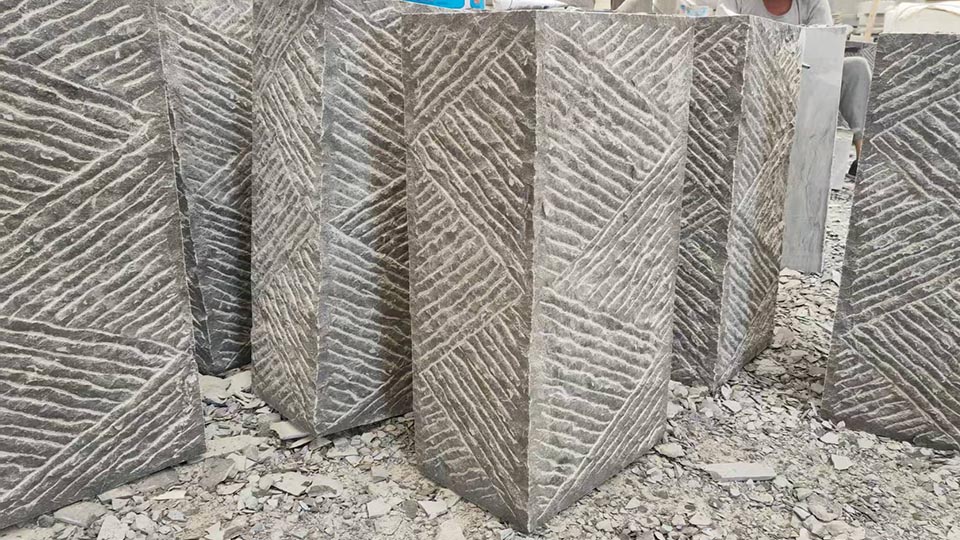Where is Limestone Found Naturally
Where is Limestone Found Naturally? A Geological Exploration
Limestone, a sedimentary rock composed primarily of calcium carbonate (CaCO₃), is one of the most abundant and widely distributed rocks on Earth. Its formation, distribution, and uses are deeply intertwined with geological processes, environmental conditions, and human industry. This article explores where limestone is found naturally, delving into its formation, global distribution, unique landscapes like karst terrain, extraction sites such as limestone quarries, and its diverse applications in construction material, cement production, and agricultural lime.
1. What is Limestone?
Composition and Classification
Limestone is a sedimentary rock formed over millions of years through the accumulation of calcium carbonate from marine organisms, chemical precipitation, or clastic processes. Its primary mineral is calcite, though it may also contain aragonite, dolomite, and clay minerals. The presence of fossils, such as shells and coral, often reveals its biological origins.
Key Properties
Chemical Formula: CaCO₃ (calcium carbonate).
Hardness: 3 on the Mohs scale, making it relatively soft.
Solubility: Reacts with weak acids, leading to unique erosion patterns in karst landscapes.
2. Global Distribution of Limestone
Limestone deposits are found on every continent, with significant reserves in regions that were once covered by ancient seas. Below are key areas of natural limestone occurrence:
Major Limestone Regions
North America: The Midwest and Appalachian regions of the U.S., including the iconic Mammoth Cave system in Kentucky (a karst landscape), and the limestone-rich Texas Hill Country.
<

Europe: The White Cliffs of Dover (UK), the Jurassic Coast (England), and the limestone Alps in France and Italy.
Asia: Vast deposits in China, India, and Southeast Asia, particularly in Vietnam’s Ha Long Bay.
Middle East: The Arabian Peninsula hosts extensive limestone formations, crucial for cement production.
Australia: The Nullarbor Plain, one of the world’s largest limestone karst regions.
Geological Settings
Most limestone forms in shallow, warm marine environments where organisms like corals, algae, and shellfish thrive. However, it can also precipitate chemically in evaporative basins or form from the accumulation of calcareous sediments in freshwater lakes.
3. Formation Processes: How Limestone Develops
Biogenic Formation
The majority of limestone originates from biological activity. Marine organisms extract calcium carbonate from seawater to build shells and skeletons. When these organisms die, their remains accumulate on the ocean floor, compacting over time into rock. Examples include:
Chalk: Composed of microscopic planktonic algae.
Coquina: Formed from fragmented shells.
Chemical Precipitation
In warm, alkaline waters, calcium carbonate can precipitate directly from solution, forming:
Travertine: Found in hot springs (e.g., Pamukkale, Turkey).
Oolitic Limestone: Composed of spherical grains (oolites) formed by concentric layers of calcite.
Clastic Formation
Rarely, limestone forms from the erosion and re-deposition of pre-existing limestone fragments, cemented together by calcite.
4. Natural Habitats: Karst Landscapes
Karst landscapes are hallmark features of limestone regions, shaped by the rock’s solubility in acidic water. Over millennia, groundwater dissolves calcium carbonate, creating:
Caves and Caverns: Such as Carlsbad Caverns (USA) and Škocjan Caves (Slovenia).
Sinkholes: Collapsed areas where underlying limestone has eroded.
Disappearing Streams: Rivers that vanish into subterranean channels.

Notable karst regions include the Yucatán Peninsula (Mexico) and Guilin (China), where towering limestone peaks dominate the scenery.
5. Extraction Sites: Limestone Quarries
Limestone quarries are pivotal to mining this versatile rock. Techniques vary based on deposit depth and quality:
Surface Mining: Open-pit quarries extract near-surface limestone.
Underground Mining: Used for deeper, high-purity deposits.
Environmental Considerations
Quarrying can disrupt ecosystems and groundwater. Sustainable practices, such as land rehabilitation and water management, are critical to minimizing impacts.
6. Uses of Limestone
Construction Material
Limestone’s durability and workability make it a staple in:
Buildings (e.g., the Great Pyramid of Giza).
Road base and railroad ballast.
Cement Production
Heated with clay, limestone becomes clinker, the primary component of Portland cement. The global cement industry relies heavily on limestone, consuming billions of tons annually.
Agricultural Lime
Crushed limestone neutralizes acidic soils, enhancing crop yields. Farmers apply agricultural lime to balance soil pH and improve nutrient availability.
Other Applications
Steel manufacturing (as a flux).
Water treatment (to remove impurities).
Art and sculpture (e.g., Michelangelo’s David).
7. Challenges and Conservation
While limestone is abundant, its extraction and use pose challenges:
Carbon Emissions: Cement production contributes ~8% of global CO₂ emissions.
Habitat Destruction: Quarrying impacts biodiversity in karst landscapes.
Efforts to mitigate these issues include carbon capture technologies and stricter quarrying regulations.

Conclusion
Limestone’s natural occurrence spans ancient seabeds, tropical reefs, and expansive karst landscapes, reflecting its dynamic geological origins. From limestone quarries to its role in cement production and agricultural lime, this rock underpins modern infrastructure and agriculture. Understanding its distribution and formation not only highlights Earth’s geological history but also underscores the need for sustainable management of this vital resource. As industries innovate to reduce environmental footprints, limestone will remain a cornerstone of human progress.




